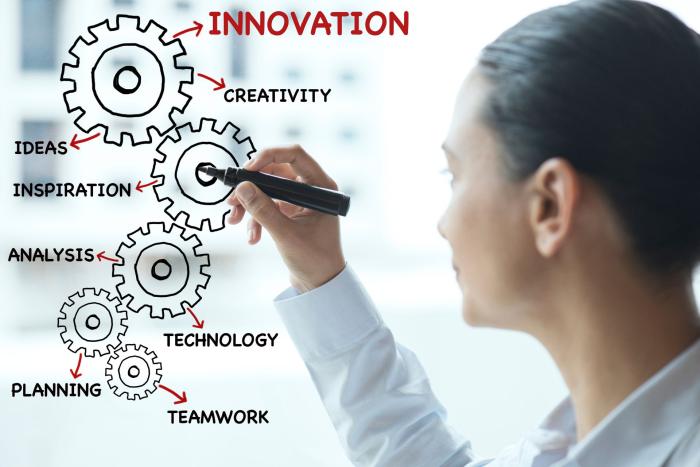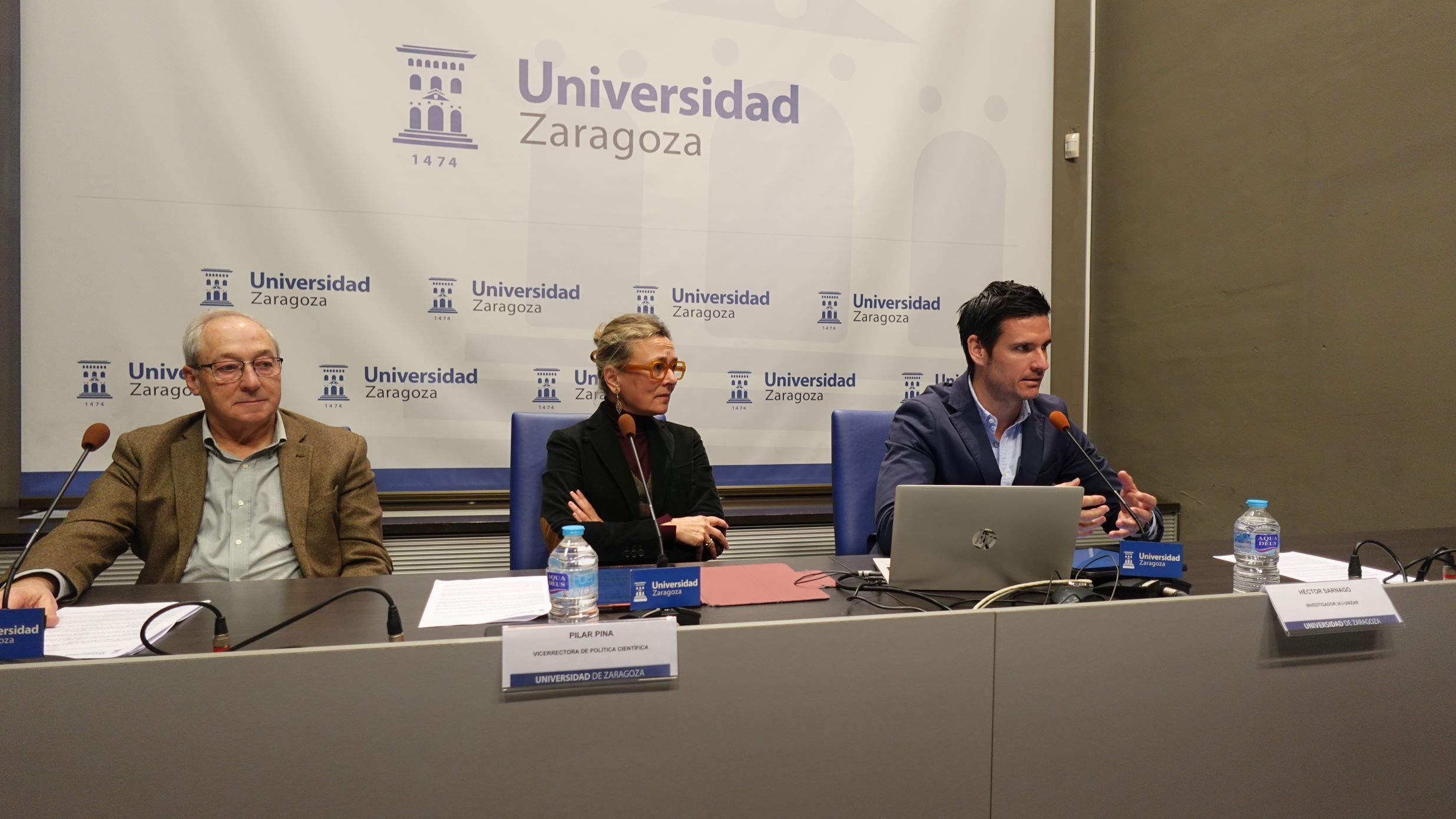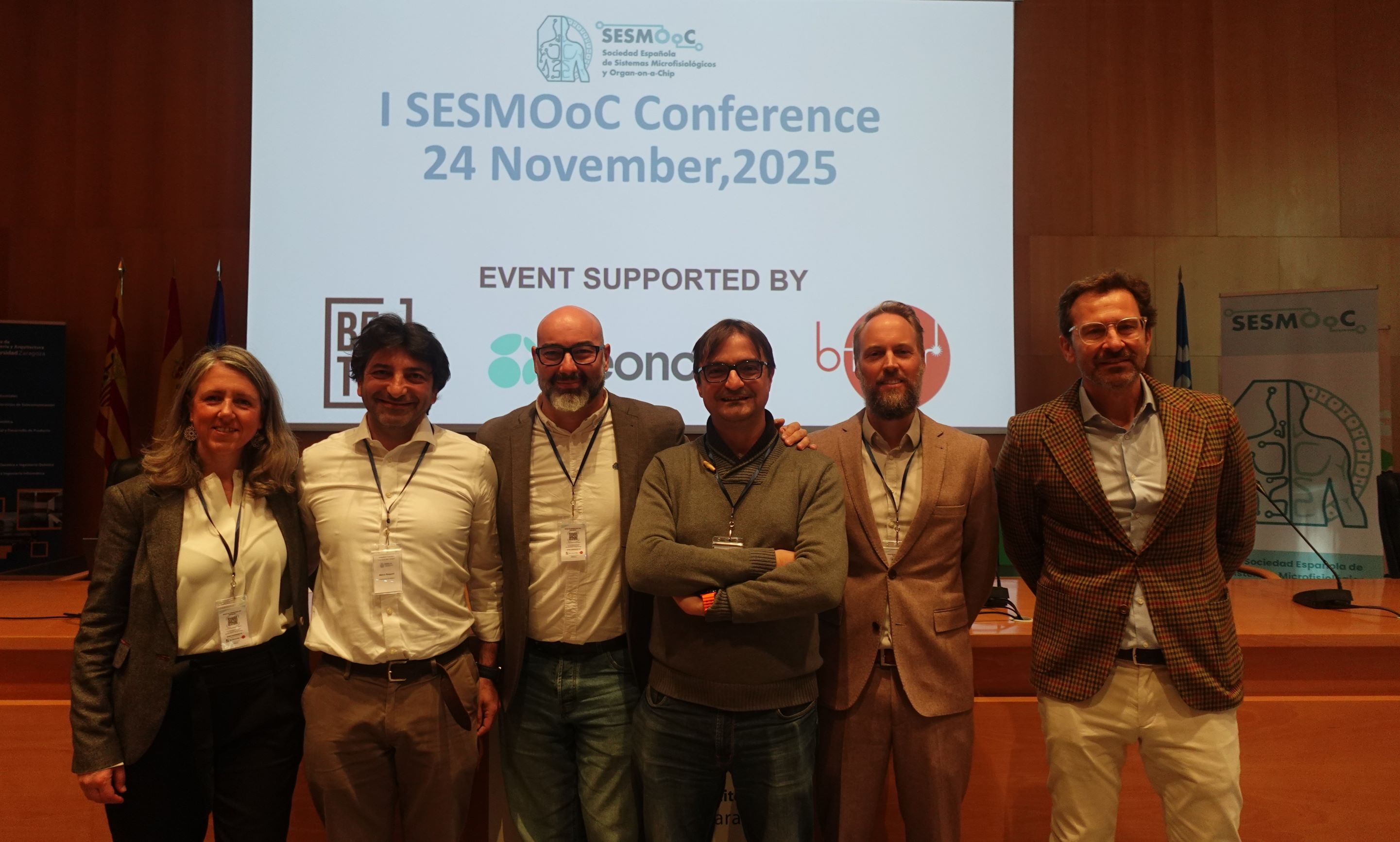
Five research projects will be developed within the first call for grants of the Impulso Programme, launched by the Aragon Institute for Engineering Research (I3A) to promote joint work between research groups from different fields.
The Impulse Programme has brought together eight research groups in projects to be coordinated by six male and five female researchers from the I3A. Its aim is to promote, strengthen and stimulate novel and multidisciplinary actions between groups that had not previously collaborated and that did not have specific funds for this purpose. Each of the five actions that have received funding has 10,000 euros and the duration for their development is one year.
Multidisciplinary actions have been selected whose PIs are at earlier stages of their research career, in addition to considering the criteria of quality, feasibility and novelty of the proposal.
The five research projects are coordinated by researchers from different groups and areas of work in the fields of health, agriculture and forest fires:
Multi-scale analysis of adsorption processes: Industrial scaling and circularity applied to the agricultural sector.
Isabel Fonts (GPT) y Salvador Izquierdo (TFD)
The agro-livestock sector needs new strategies for waste recovery and emissions management to be competitive in a bioeconomy context. Adsorption processes have characteristics that make them very competitive in this context, however, there are challenges to overcome for this to be possible: the ability to use adsorbents generated from organic waste, avoiding the use of critical materials; energy integration with renewable sources, reducing their operational footprint, and the possibility of industrialisation at reduced costs, facilitating access to funding for their study and deployment at scale.
Developing accurate and physiologically meaningful digital twins of vascular haemodynamics using physics-informed neural networks
Javier Murillo (TFD) y Julia Ramírez (BSICoS)
A project that brings together deep knowledge in computational fluid dynamics and extensive skills in cardiovascular system and electrophysiology, as well as in artificial intelligence methods. In this project, the aim is to develop a physiologically meaningful digital twin of arterial, venous and whole-body haemodynamics with potential for clinical translation using physics-informed neural networks.
Advanced artificial intelligence models for corneal diagnosis
Alejandra Consejo (TOL) y Belén Masiá (GILab)
The objective is to advance in the diagnosis and evaluation of corneal pathologies and alterations. To do so, they will use representation learning techniques to extract, with the 10,000 corneal images available, better descriptors to help characterise the cornea and detect corneal pathologies. They will also combine corneal images captured with different instruments to train artificial intelligence models and assess whether this is a more effective method for studying corneal health.
Artificial Intelligence and Satellite Imagery to reformulate Hydroerosive Computational Models with application to soil loss after massive wildfires
Javier Lacasta (IAAA) y Sergio Martínez (TFD)
This project focuses on the development of a new framework, combining Sentinel satellite imagery, AI techniques and hydrodynamic computational modelling, to assess and quantify soil loss in forested areas in the Mediterranean region. This could be relevant for studying soil degradation associated with rainfall events in areas affected by massive forest fires.
A multimodal approach to single-cell interrogation: integration of numerical phase-field simulations, microfluidics, ICP mass spectrometry and informatics
Eduardo Bolea (MARTE), Marco de Corato (TFD), Elena García (M2BE)
A multidisciplinary team of leading experts in the fields of fluid dynamic technologies, mechanical and biological engineering, development of high-end analytical methods using ICP mass spectrometry and informatics. The aim is to develop new methods based on the combination of microfluidic approaches and single cell mass spectrometry to quantitatively assess the presence of metal(loid)s in single cells.




